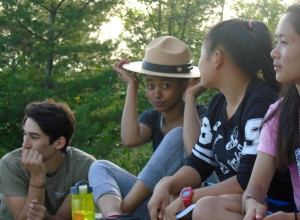 By Cameron Giebink
By Cameron Giebink
The National Park Teen Ambassadors have just wrapped up the second in a pair of national park camping trips that had them paddle both Voyageurs National Park's Kabetogama Lake as well as the Mississippi River. For many of the high school students, selected from both the Twin Cities and Voyageurs' neighboring communities, this was their first experience in a wilderness setting and they took full advantage as they continue to tell the story of these national parks through photography, video, and journaling.
The program, developed by Voyageurs National Park Association in partnership with the National Park Service and Wilderness Inquiry, is free of charge and aims to introduce environmental careers, national parks, and outdoor adventure to high school students. Voyageurs National Park serves as an optimal natural classroom where park rangers lead instruction in subjects ranging from geology and ecology to local history and National Park Service career opportunities.
"In order for the next generation of park visitors to be invested in Voyageurs, they first need to understand the park and its resources. Giving Teen Ambassadors a chance to assist with a wildlife research project helps show them the importance of what we do and allows them to connect to the park in a unique way," commented Lisa Maass, Voyageurs National Park Wildlife Technician.
After their return from Voyageurs, the Ambassadors reconvene in the Twin Cities where they launch their canoes from the historic Fort Snelling for another three days of adventure and discovery. During their time on the river, the teens explore the importance of environmental stewardship and discuss what their time in the wilderness has meant to them.
While education and enjoyment are certainly high priorities for the staff associated with the Teen Ambassadors, the real crux of the program is providing space for personal exploration and growth. How each student was affected was influenced largely by their own personal geographies, what places and people have shaped their lives. One particularly poignant insight came from Eh, a St. Paul high school student entering her junior year.
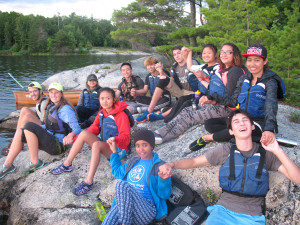 “The first joyful moment was lying on the rock, look[ing] up to the sky, listen[ing] to the sound of the water and the sweet singer [songs] of different kinds of birds. It reminds me of the place when [where we] lived in Thailand. It makes me missing [miss] the place very badly…It reminds me of my childhood life. When I was little I used to play together with my best friend and sibling on a big rock and listen to the birds song.”
“The first joyful moment was lying on the rock, look[ing] up to the sky, listen[ing] to the sound of the water and the sweet singer [songs] of different kinds of birds. It reminds me of the place when [where we] lived in Thailand. It makes me missing [miss] the place very badly…It reminds me of my childhood life. When I was little I used to play together with my best friend and sibling on a big rock and listen to the birds song.”
Other students, such as Faiza, who is entering her junior year at a Minneapolis high school, were affected by the vast setting and how it called them back to a pervious era, one which existed long before themselves.
“That’s another thing that is amazing to me about this park, it makes you feel connected with history in a more meaningful and profound way. We got the privilege to camp, sleep, eat, converse, laugh at the same spot where the natives of this land used to be. It makes me more curious, it makes me want to learn more.”
Of course the scenery and wildlife were memorable and Ambassadors expressed the wonder associated with experiencing the heart of the continent in its natural splendor.
“The landscape is absolutely beautiful, like something off a post card, and the water feels amazing when swimming. At night the moon shines clearly and you can see the stars.” – Lilly from Apple Valley
“National Parks like this one are some of the most beautiful things in life.” – Jake from St. Paul
“The scenery is beautiful in the picture but in the eyes is bigger.” Madonna from Minneapolis
“It surprised me how many animals I can see in a National Park in just a few days, like a bald eagle, loons and a mink and a couple more.” – Victoria from Brooklyn Center
The program’s goals of providing a space where kids can discover their own capacity to push beyond what is comfortable in order to create and realize their own goals, and fostering environmental stewardship, were summed up by a pair of Ambassadors from International Falls who wrote that:
“I learned I can push myself to the mental limits” - Joseph
“I care more about the park now because sometimes I took it for granted because I’m from International Falls and it’s like my backyard, but after seeing all the other people care so much about what I see every day made me rethink of how important the park is.” - Gage
All the while, the Ambassadors did not fail to enjoy themselves during their pair of wilderness adventures, a point articulated up by Richard, a junior from St. Paul.
“Group activities were fun, eating together was fun, meeting new people was fun. Would I recommend a camping trip like this? Yes!”
Support the Ambassador program today by making a gift here.
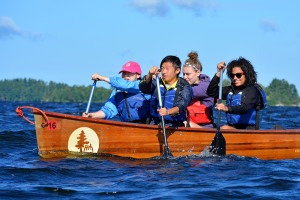
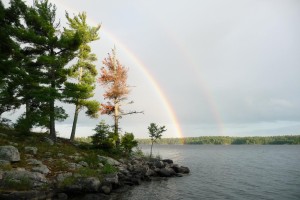

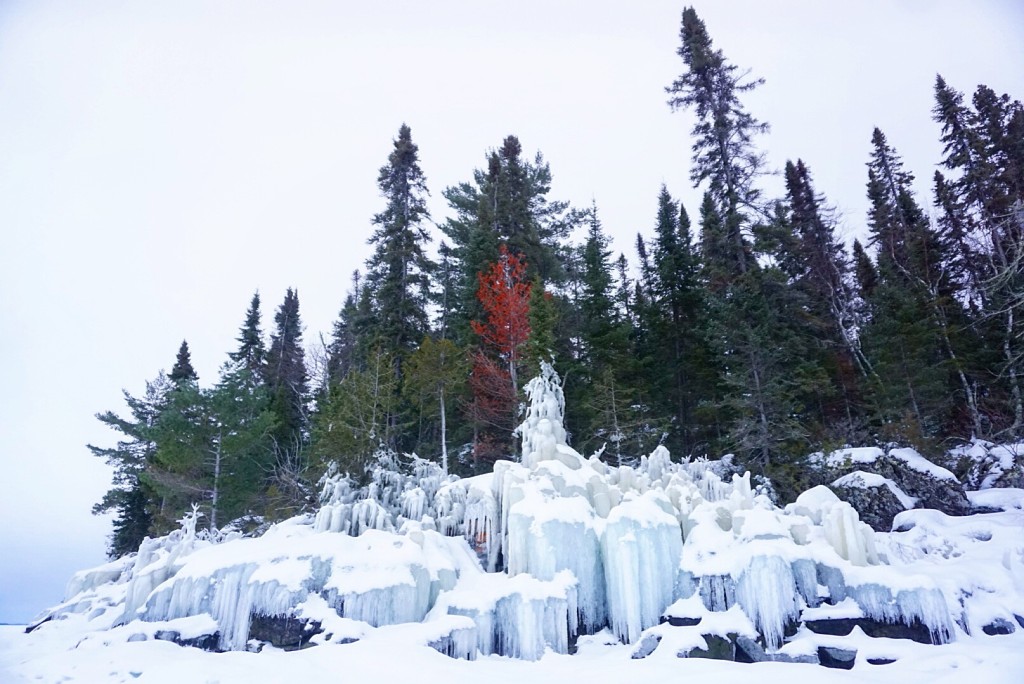


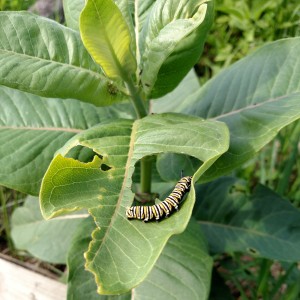
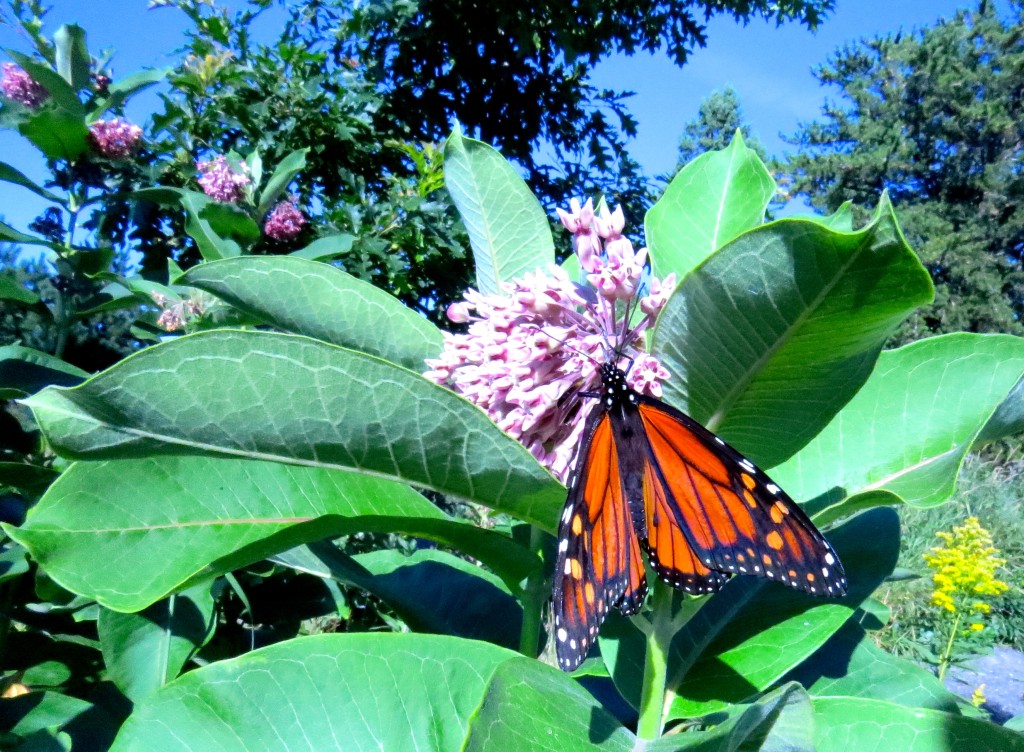

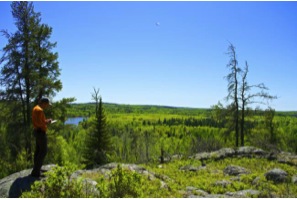
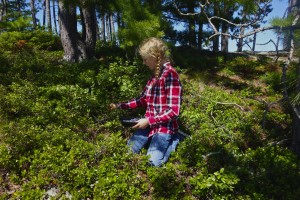 It is essential for Voyageurs and conservation efforts across the U.S. that we push for a permanent authorization of LWCF. With your support, Voyageurs National Park Association will continue to be a voice for the park in these efforts.
It is essential for Voyageurs and conservation efforts across the U.S. that we push for a permanent authorization of LWCF. With your support, Voyageurs National Park Association will continue to be a voice for the park in these efforts.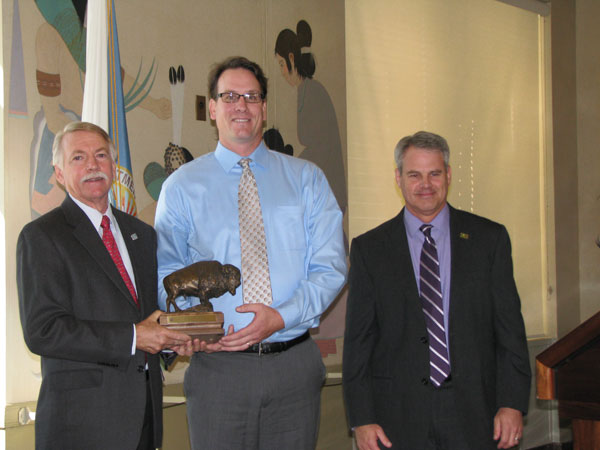
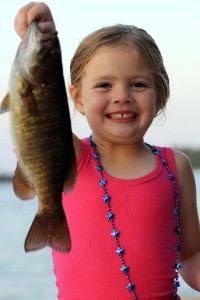 Thank you so much to all the photographers who submitted their photos and stories to our 2015 Snap. Share. Win. Photo Contest! All were wonderful reminders of how amazing Voyageurs National Park is.
Thank you so much to all the photographers who submitted their photos and stories to our 2015 Snap. Share. Win. Photo Contest! All were wonderful reminders of how amazing Voyageurs National Park is.
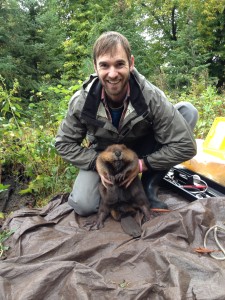 By Joshua Smith
By Joshua Smith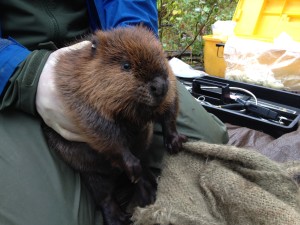
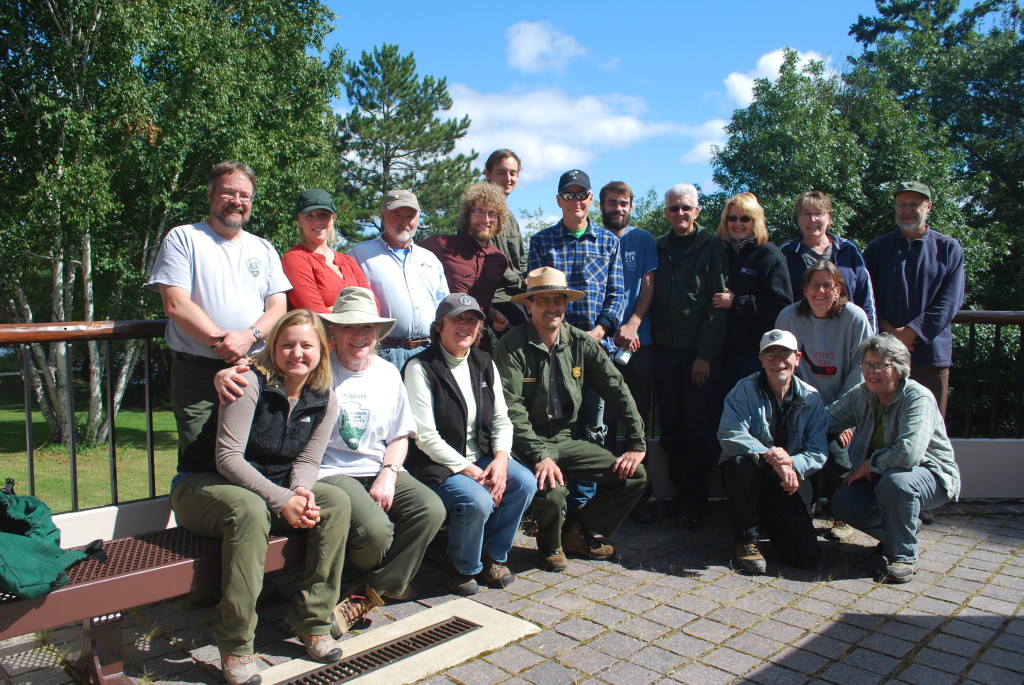 After wrapping up the day’s planting, volunteers hiked with park staff at the “Ghosts of Voyageurs” program. The theatrical tour along the Oberholtzer Trail introduces visitors to past spirits of the Voyageurs region - French-Canadian voyageurs, gold miners, resort owners, and more.
After wrapping up the day’s planting, volunteers hiked with park staff at the “Ghosts of Voyageurs” program. The theatrical tour along the Oberholtzer Trail introduces visitors to past spirits of the Voyageurs region - French-Canadian voyageurs, gold miners, resort owners, and more.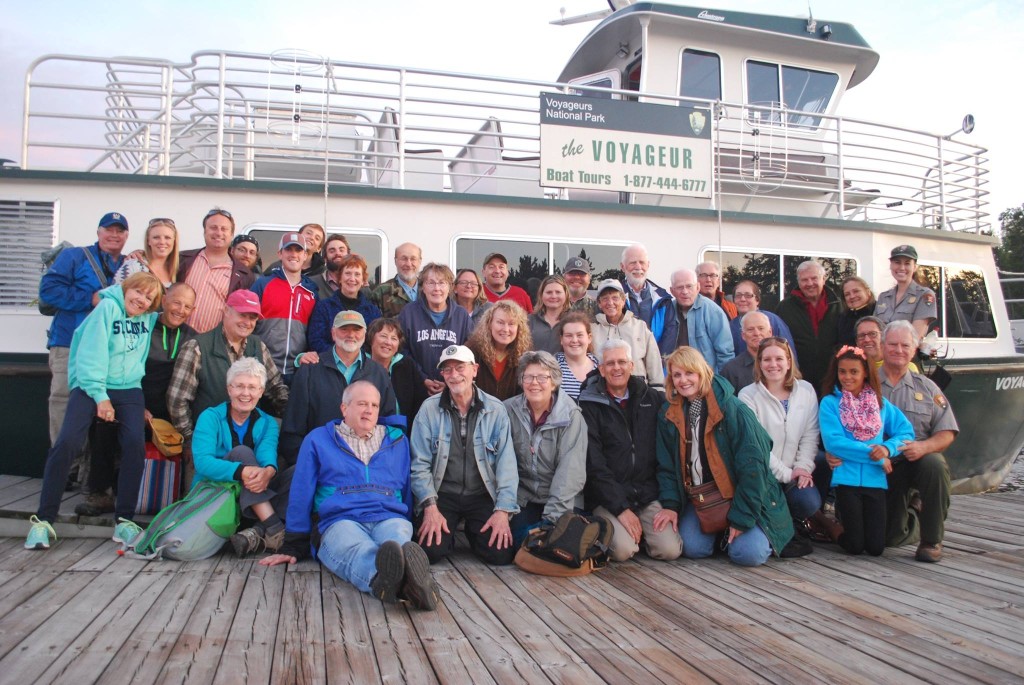
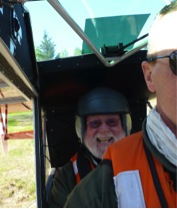 What is remarkable at the National Park Service is Voyageurs National Park’s longevity in conducting one of the longest, consecutive running bald eagle surveys in the lower forty-eight states - more than thirty years. What is also remarkable is the same park biologist, Leland Grim, has conducted the surveys since 1973.
What is remarkable at the National Park Service is Voyageurs National Park’s longevity in conducting one of the longest, consecutive running bald eagle surveys in the lower forty-eight states - more than thirty years. What is also remarkable is the same park biologist, Leland Grim, has conducted the surveys since 1973.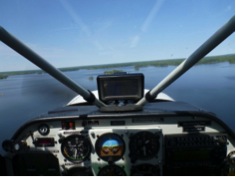 What makes eagle flight surveys technical is the same thing that makes them enjoyable – the challenge. This is due to altitude, wind, terrain, sunshine, temperature, and duration of the flight. The altitude for eagle surveying is low – sometimes tree-top level. This allows biologists to see whether nests are occupied and to count the number of nesting eagles and their young.
What makes eagle flight surveys technical is the same thing that makes them enjoyable – the challenge. This is due to altitude, wind, terrain, sunshine, temperature, and duration of the flight. The altitude for eagle surveying is low – sometimes tree-top level. This allows biologists to see whether nests are occupied and to count the number of nesting eagles and their young.
 By Cameron Giebink
By Cameron Giebink “The first joyful moment was lying on the rock, look[ing] up to the sky, listen[ing] to the sound of the water and the sweet singer [songs] of different kinds of birds. It reminds me of the place when [where we] lived in Thailand. It makes me missing [miss] the place very badly…It reminds me of my childhood life. When I was little I used to play together with my best friend and sibling on a big rock and listen to the birds song.”
“The first joyful moment was lying on the rock, look[ing] up to the sky, listen[ing] to the sound of the water and the sweet singer [songs] of different kinds of birds. It reminds me of the place when [where we] lived in Thailand. It makes me missing [miss] the place very badly…It reminds me of my childhood life. When I was little I used to play together with my best friend and sibling on a big rock and listen to the birds song.”

